In our article we want to talk about forests. What are they for humans? Forest plantations effectively clean the air and aquifers, preserve soil fertility and protect the land from erosion, and also take part in the formation of climate. In addition, they are suppliers of wild medicinal herbs, mushrooms, berries, nuts. We propose to consider different types of forests based on the current classification, according to which separation occurs depending on the types of terrestrial plants that dominate the stands.
Deciduous forest
In nature, there are different types of forests. You can characterize each of them by breed. Deciduous is a light coniferous, sometimes mixed type of forest with a dominance of larch. Forests in Eastern Siberia, Southern Siberia, the Urals, the Far East and Transbaikalia can serve as an example of such massifs. In the ancient chronicles, a huge number of impenetrable thickets are described, however, to date, not all of them have retained their original appearance. And the reason for this is the active economic activity of man.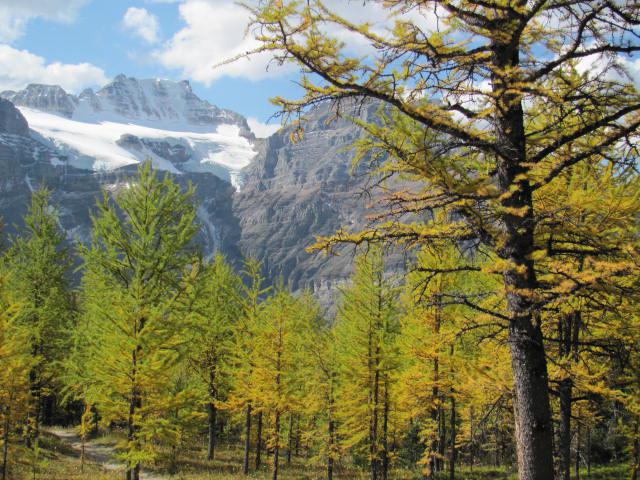
At one time, larch was considered the best tree for shipbuilding, which led to a general felling. And larch trees were also called ship groves. Deciduous forests perform sanitary-hygienic functions, water protection, water-regulated, soil-protective.
Deciduous plants appeared later than the rest - in the Jurassic period, and in the Cretaceous very quickly spread throughout the land. And now they occupy a dominant place among other plants, which is associated primarily with their ability to adapt to changing conditions.
The main species of deciduous forest
In addition, deciduous forest spreads and develops much faster. It is spacious and light, the trees do not grow very densely, they lose foliage once a year. This happens at the end of autumn, this is important, because during the winter cold plants will no longer lose moisture. And in the spring, young leaves will again grow from the buds.
How to determine the type of forest? Very simple. This is done on plants that grow in it. So, in deciduous forests there are soft-leaved species such as poplar, birch, linden, alder. And in our area from deciduous species you can see oak, birch, linden, nut, willow, maple, apple tree, ash, cherry and bird cherry.
These breeds feel good not only in forests, but also in vegetable gardens, they adapt perfectly to the environment, tolerate transplanting well, practically different soils suit them. Most of them grow quite quickly and live long. Naturally, different breeds have different growth rates, for example, oak gives one meter of growth per year. An interesting fact is that at the beginning of summer it grows much faster than at the end.
Pine forests
Considering the types of forest, you definitely need to say about the pine. These are light coniferous trees of various species. Here may be present: ordinary pines, Pitsunda, hooked and many others. In Russia, the type of coniferous forest formed by five-coniferous pines is called cedar.
Pine forests can only consist of pines, and can be mixed with larch, spruce and other species (conifers). Linden, oak, birch and aspen (complex burs and subori) may also be present. Pine forests are common in the forest-steppe and forest zones.
Sandy deposits and peat bogs are considered a favorite place for pine growth. This type of forest is the real wealth of Russia, as it is a source of wood with remarkable properties and other raw materials.In addition, he performs a soil protection, water protection, sanitary and hygienic role.
Features of the pine forest
Of course, its basis is the pine, which is rich in forest zone. The openwork crown of trees allows a large amount of sunlight to enter the soil, which makes it possible to develop undergrowth. In addition, pine trees are very resistant to even the most severe frosts and heat, and this contributes to the growth of this species on the most unsuitable lands. The tree grows very quickly and often bears fruit. All this favors the rapid restoration of forests damaged by deforestation and fires.
Birch forests
Considering the characteristic types of forests for our latitudes, we should definitely recall the birch forests. It can be both pure and mixed stands, occupying quite large spaces. Birch grows in almost all zones, but its greatest number is observed in the forest-steppe and forest zones and in the mountains.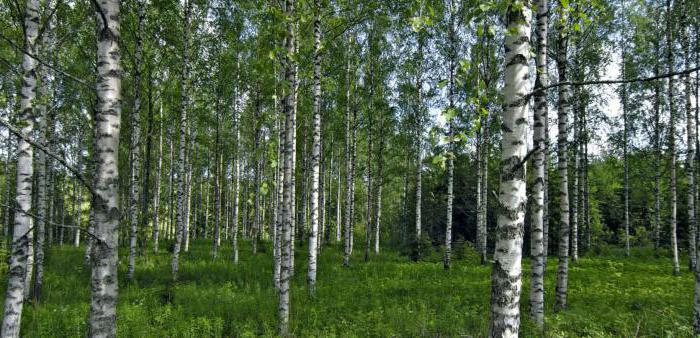
Birch forests have different composition and productivity depending on soil and climatic conditions. Very often, birch trees begin to grow at the site of deforestation of spruce and pine forests. This is favored by grazing in forest open spaces. Birch forests of seed origin often occur in abandoned arable lands and forest glades. Light birch forests allow coniferous plants to gradually settle under their canopy. In this case, three types of forests are combined into a single whole: birch, spruce, deciduous. The process of changing birch forests with coniferous forests has been going on for more than a hundred years. Natural birch forests can reach 120 years or more. They are of great importance. After all, these are very bright plantations, in which many songbirds live, there are berries, mushrooms, flowering herbs. In addition, birch trees are a wonderful vacation spot at any time of the year.
Spruce
Spruce forests are also called spruce forests. These are evergreen plantations of dark coniferous type. In Russia, large spruce forests are located in the northern part of the Russian Plain, where they form the taiga (Ural, Primorye, Sakhalin, Khabarovsk Territory, Siberia and Altai).
It happens that the spruce growing areas are developed by agricultural activities, which reduces the area of forests. Partially spruce trees can be replaced by aspen and birch, then different types of forests are mixed again. Very often, in the places of fires, there is a replacement of old trees with pine trees, in which, after some time, spruce is actively re-established. On drained soils, green-spruce fir-trees usually begin to develop, in which spruce trees with an admixture of aspens and birches dominate, and the land is completely covered with mosses. Such a spruce forest is considered the richest, it is characterized by good and fast growth of trees. In addition, it is of great importance for agriculture and industry. Paper is made from it.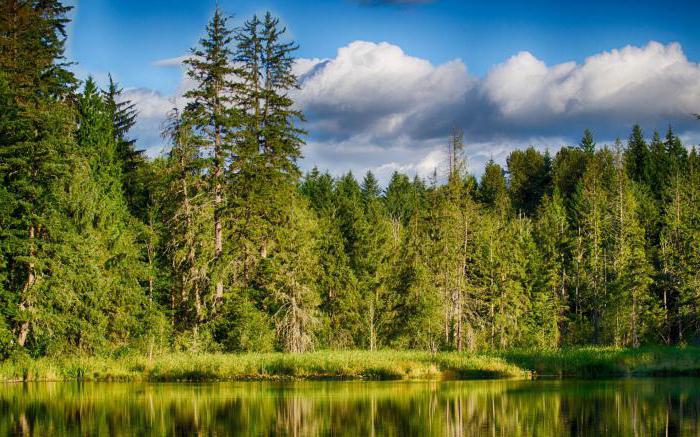
Spruce trees react strongly to drought, but also do not like stagnation of moisture, are prone to windfalls, because they have a superficial root system. Trees are distinguished by shade tolerance, but for full growth and fruiting, they still need good lighting. Young growths can freeze during spring frosts, but the old ones are not very resistant to rot.
Trees aged 120-150 years are considered relatively young, as they grow up to 250-300 years. Moreover, older plants in the forests rise above the younger ones, making up the upper tier.
In the spruce forest it is quite dark and damp, there is practically no wind, all plants reproduce with light seeds, which fly apart from the slightest movement. In general, local plants prefer to propagate by creeping roots, since the soil is covered with mosses and a thick layer of old needles. Mostly moisture-loving perennials adapted to life under such conditions.
An interesting feature of the spruce forest is that the roots of absolutely all plants are entangled in threads of spores. Mushrooms with plants form a symbiosis, helping them to extract useful elements from the soil.
Of the animals here live foxes, wolves, martens and, of course, a bear.
Cedar forests
Speaking about what happens in the forest (species, types of forests), it is imperative to separate cedar into a separate group. It is a dark coniferous, sometimes mixed forest, dominated by cedar pine trees, giving edible nuts and valuable wood. They grow in the coniferous-taiga part of Eurasia. Very often you can find cedar-spruce-fir or maple-linden-hazel thickets. Essentially, three types of forests come together. In the forest zone it is difficult to see trees of the same species, as a rule, this is a mixture of several varieties.
If we talk about cedar forests, they are more closely related to animals. They live in columns, sables, ermines, American minks, weasels, otters, wolverines, badgers, red deer, moose, wolves, reindeer, musk deer, Siberian goats, wild boars, bears and many others. Such forests are also rich in capercaillie, black grouse, hazel grouse and other birds.
Aspen
Aspen forests are softly deciduous deciduous plantations with a predominance of aspen trees. They are formed only on good soils in a favorable climate. Many aspen trees grow in the European part of Russia and in the south of Siberia. In the steppes, trees can be located in small areas. Aspen trees grow very quickly, having the ability to multiply by root offspring, quickly master the places of deforestation, giving fresh shoots already in the second year.
A tree has very valuable wood, but at present it has somehow been undeservedly forgotten. But its quality is equivalent to oak wood.
Fir forests
Fir forests - dark coniferous, mixed stands. Most common in the taiga. The main breed is Siberian fir. However, wood does not have very good wood quality due to its low resistance to rot, and therefore its role in the economy is small. If we talk about the recreational value of fir forests, then they have a very high concentration of ticks, especially encephalitis. The most valuable fir forests are located in national parks and reserves (Baikal, Altai, Sayano-Shushensky, Caucasian, etc.)
Oak forests
Oak forests are stands in which oaks prevail.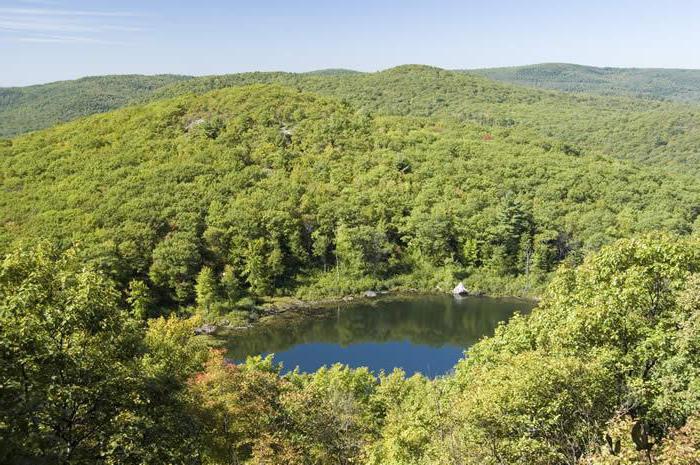
They are common in the zone of deciduous forests, as well as in the forest-steppe, in the mountains and foothills of the Caucasus, in the Far East. Dubnyaks, as a rule, are complex plantings in which linden, ash, maples, beech, aspen, alder also grow. A lot of oak forests are considered natural monuments: Tellerman grove, Shipov forest.
Linden forests
Linden trees are plantations in which linden trees predominate. The maximum age that such forests reach is four hundred years. Limes are especially interesting as a feed base for beekeeping. Trees grow well on rich soils, multiply by both root cuttings and seeds.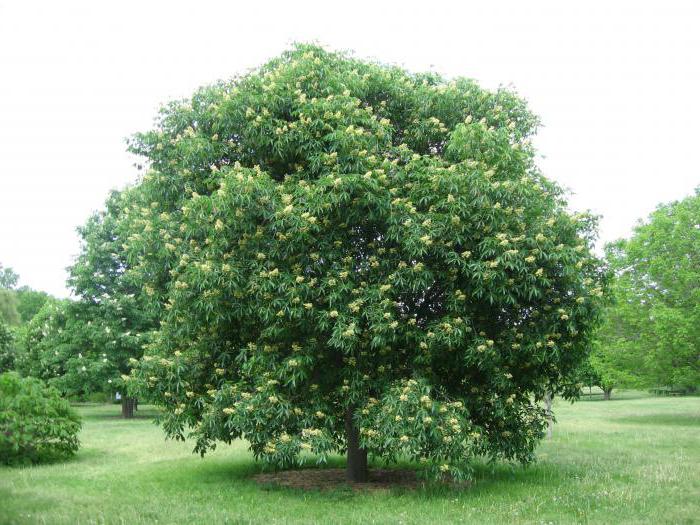
Linden is appreciated not only for the beauty of the crown, but also for high-quality wood, which is characterized by resistance, durability, good ability to absorb paints and varnishes, and resistance to cracking.
Hornbeam forests
Hornbeam forests are plantations in which hornbeam trees predominate, but elms, ash trees, wild apple trees, maples, cherries, lindens can accompany it. The undergrowth in such places is very diverse and consists of shade-loving plants, among which rhododendron, sage, mountain sedge, forest bluegrass stand out.
Instead of an afterword
In our article, we examined the main types of forests. In the forest zone, as we could see, a mixture of different tree species occurs, as a result of which mixed stands are formed. Whatever they are, but they play a huge role in human life. The forest is not only an environment, but also affects the cleanliness of the air and water around us. In addition, humanity is actively using all its resources, it is unlikely that they will ever be able to be replaced by something else.And do not forget that the forest was home to many peoples, and their cultures and customs were formed precisely under his influence.








